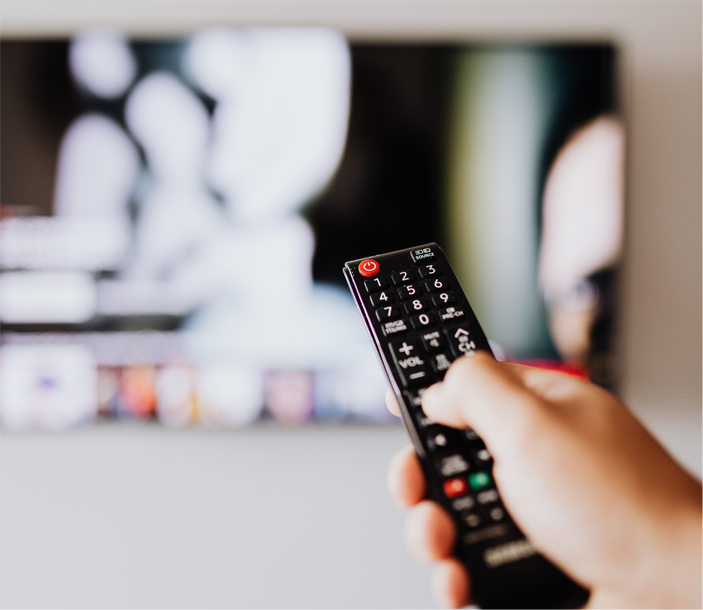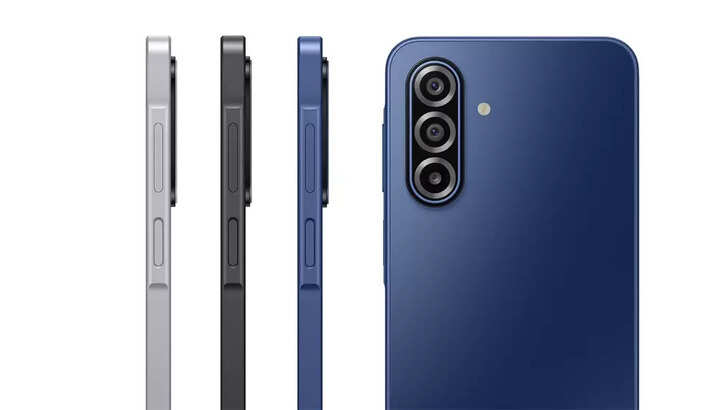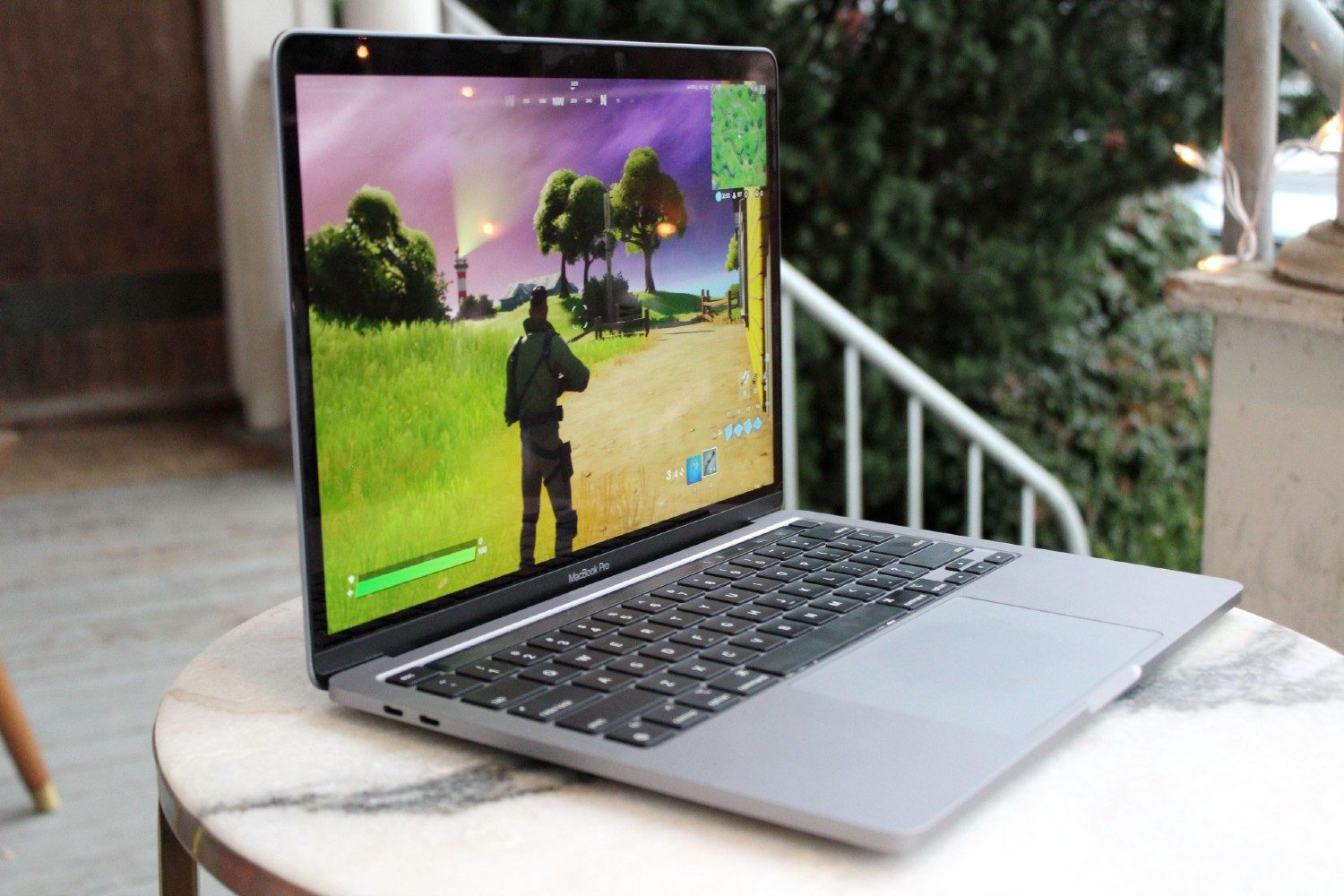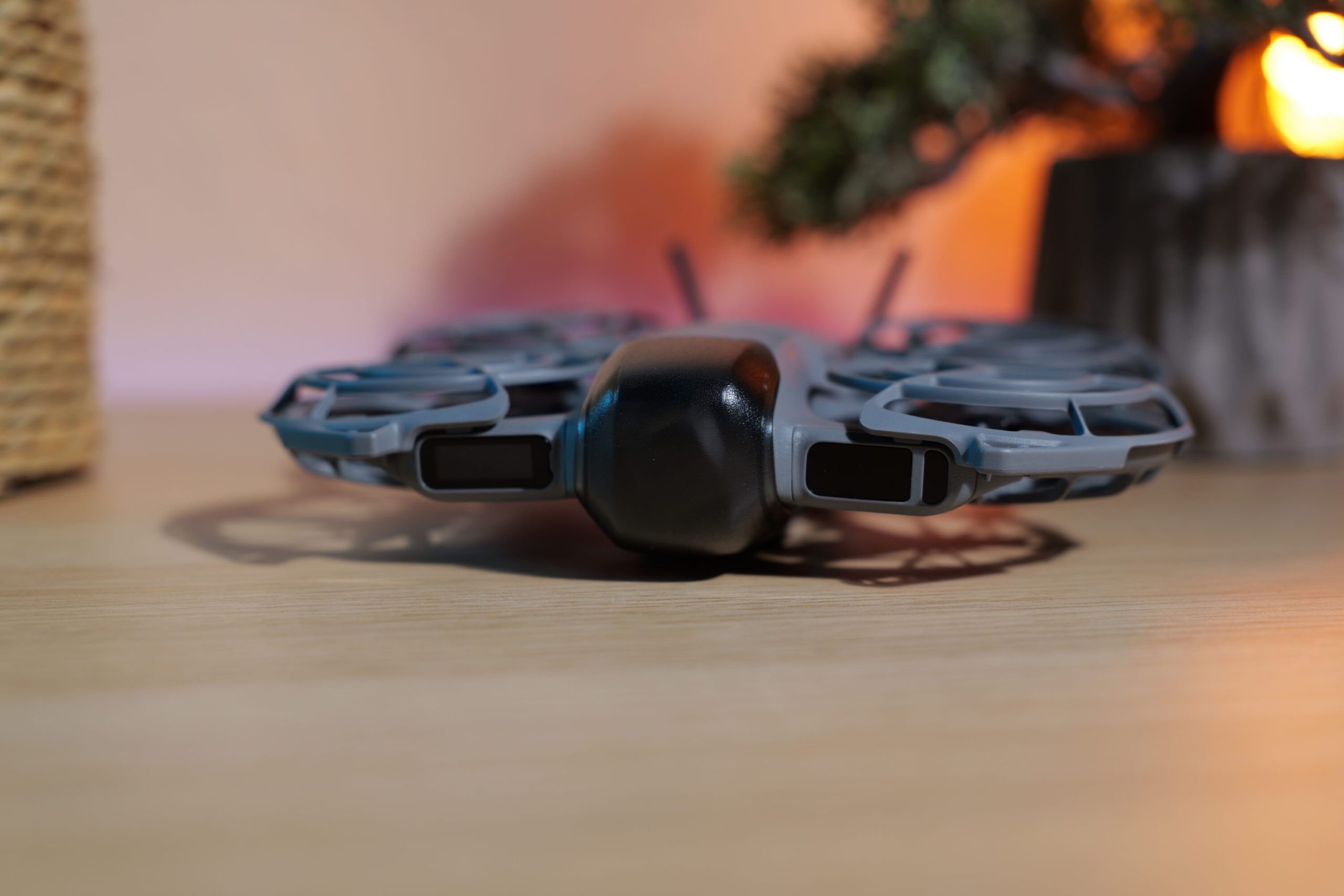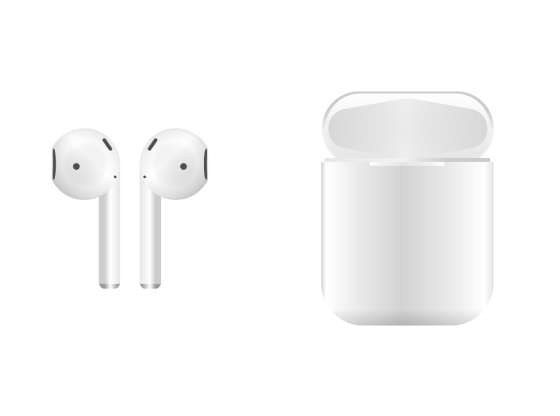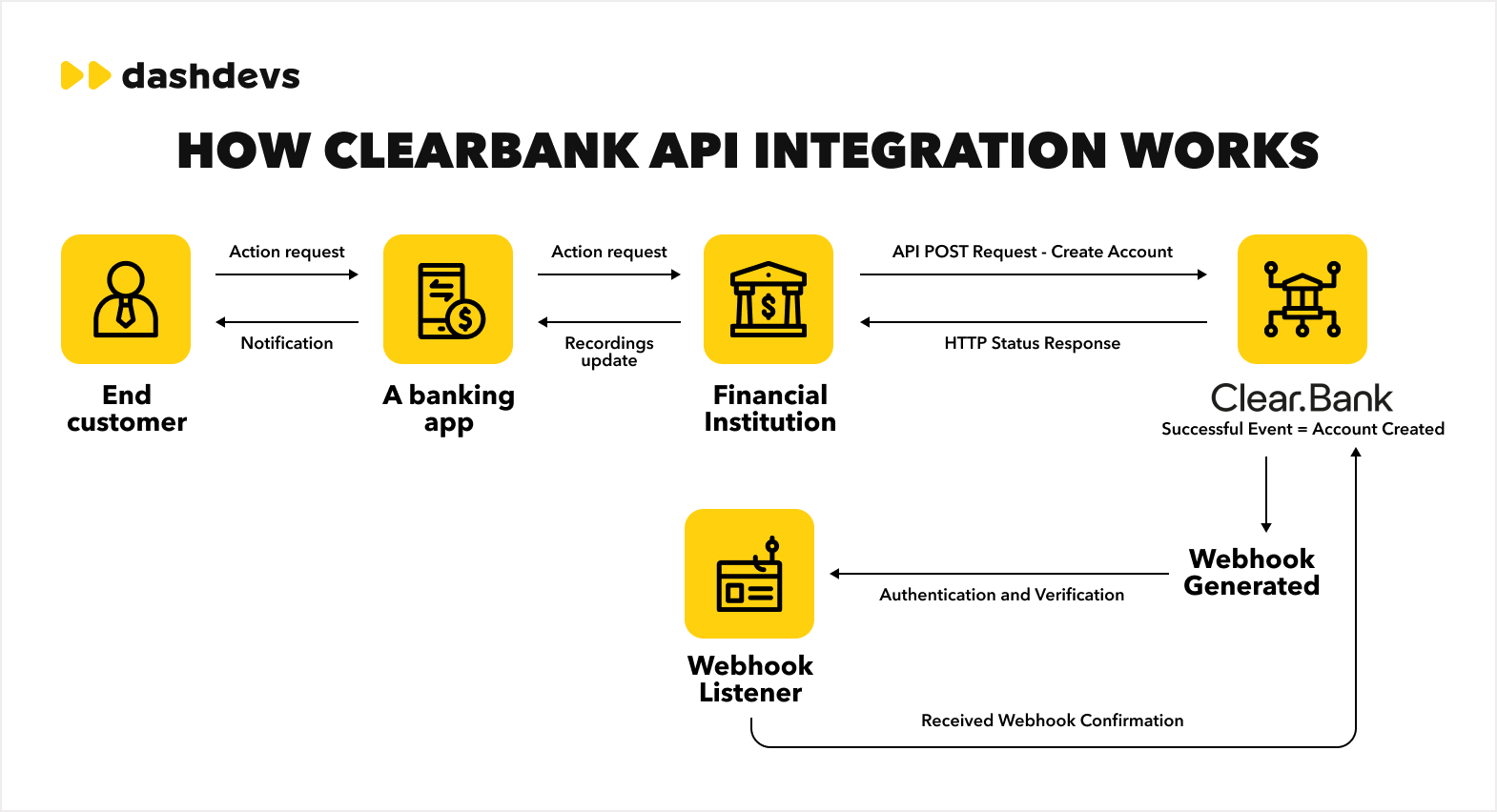No, Meta is not withdrawing from VR or “implementing significant reductions,” as some may have you think. It is returning to its roots and what initially made Quest exceptional.
Recently, a flurry of news articles and analyst evaluations concentrated on Meta’s “substantial cuts” within its Metaverse division. This new division of Reality Labs, established just a month ago, was designed to neatly divide Reality Labs into more concrete business objectives, and it was clearly set up prior to the significant developments we witnessed in the last two weeks.
According to a Bloomberg report, Meta might be initiating 30% reductions to the division starting in January. That was sufficient for numerous outlets to rally and proclaim that “VR is dead” yet again, a refrain that far too many technology-oriented publications enjoy shouting year after year. However, the actual situation contradicts that narrative entirely. In fact, the truth is quite the opposite of what these sources suggest.
Right before this news broke, Meta hired two elite designers from Apple, and this news surfaced just days after new leaks indicated a gaming-centric, high-end Meta Quest 4 in development. Ironically, all of this transpires as CTO Andrew Bosworth’s assurance that 2025 will be “the work of visionaries or a legendary misadventure” nears its end, signaling that the company’s preoccupation with Horizon Worlds as the primary “metaverse” has been the issue all along.
Returning to fundamentals
The primary Reality Labs division was established on August 25, 2020, right before the Meta Quest 2’s debut. Since then, this division has been in charge of developing VR headsets, smart glasses, Horizon Worlds, sEMG gesture bands, the Horizon operating system, next-gen realistic avatars, and more.
Meta invests billions in Reality Labs technology each quarter, with expenditures rising from around $2 billion in Q4 2020 to an astounding $6.05 billion in Q4 2024. Since 2022, over 50% of Reality Labs’ budget has been allocated to developing genuine AR glasses like Meta Orion, although the closest Meta has come to launching a consumer product is the Ray-Ban Display Glasses.
Since late 2022, Meta has been reducing spending across most divisions by about 10% annually to regain financial control. Due to Reality Labs’ unchecked spending growth, Zuckerberg allegedly requested a 20% reduction in expenditure by the end of 2025. That reportedly never materialized.
Now, the division needs to reduce spending by 30% to align with the 10% annual cut plus the 20% 2025 cut that did not occur. That’s not a drastic cut; it’s an alignment with all other divisions within Meta.
Meta is not abandoning VR whatsoever, quite the contrary. However, I believe the company is making crucial transitions away from unsuccessful projects like Horizon Worlds and toward the creation of new mixed-reality glasses. The December 4 report from Business Insider supports this viewpoint, and new leaks regarding a gaming-focused, ultralight Meta Quest 4 further elucidate what is unfolding at Meta.
Now, does that imply Horizon Worlds will vanish tomorrow? Certainly not. Meta has notably redesigned the operating system that powers the Meta Quest (referred to as Horizon OS) to focus on utilizing Horizon Worlds as a central social platform. Some aspects of this transition have proven beneficial to the Quest’s OS, such as more straightforward ways to connect and communicate with friends and decreased barriers for new users.
Instead, I believe Meta will now re-emphasize game developers as it seeks to mend relationships that suffered when it fully committed to Horizon Worlds integration. VR games have been obscenely challenging to locate on the official Meta Quest store because Horizon Worlds content has dominated the forefront for the last 15 months or so, leading to significant issues for developers and sales of Meta Quest games.
With all of this clarified, it creates a much clearer understanding of Reality Labs’ activities and what Meta’s future offerings will resemble. For now, Meta Quest headsets, alongside smart glasses like Ray-Ban Meta Gen 2 and Oakley Meta HSTN, will continue generating about a billion in revenue each quarter, with Meta anticipating further growth in these areas as it begins to substantially reduce expenditures.
That is not Meta surrendering on VR or “the Metaverse,” as many like to claim. That’s the company ensuring that the products and services that matter to people remain available long-term and continue to evolve as users engage with them. Services like Horizon Worlds are fading, while ultralight hardware with the same beloved capabilities we know today (like Android XR’s Project Aura) is becoming the new trend.
Meanwhile, Quest gamers can still look forward to thrilling games such as Batman: Arkham Shadow, Deadpool.
Read More